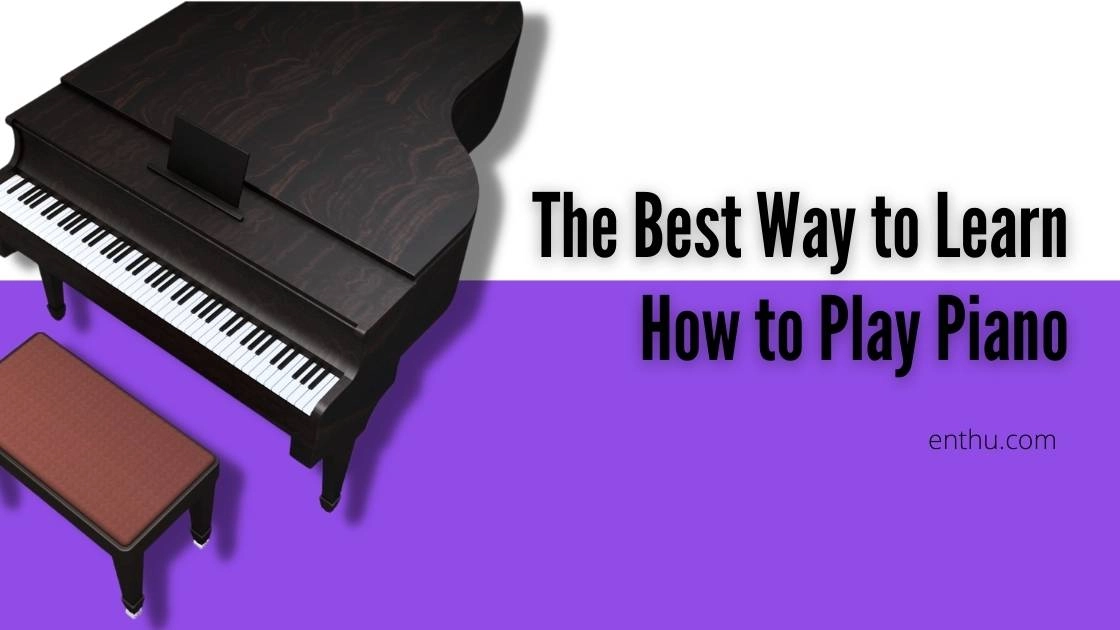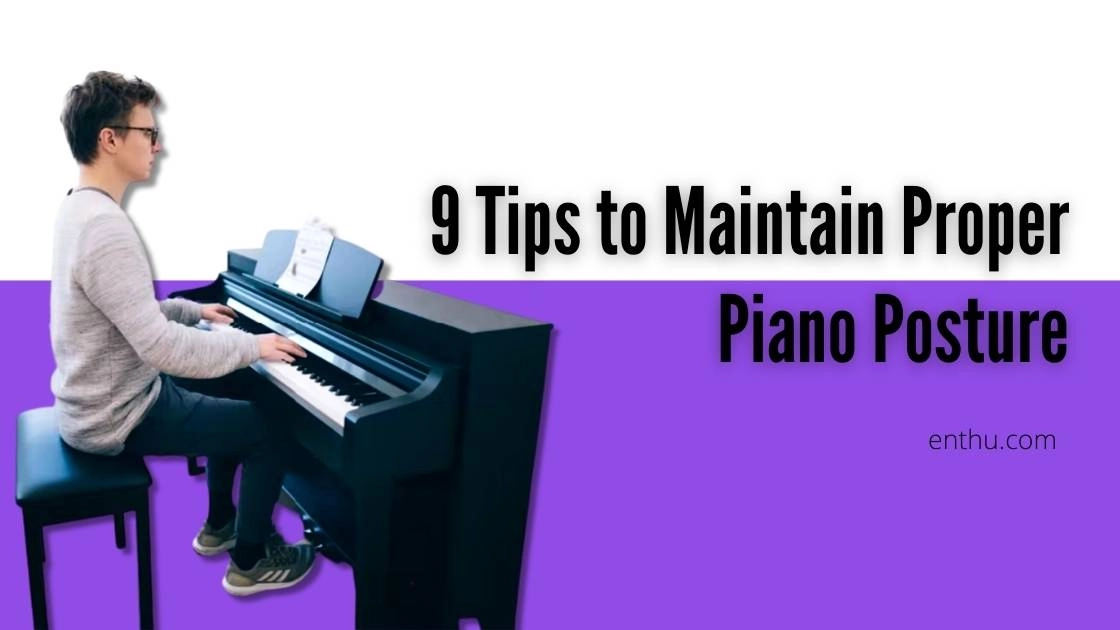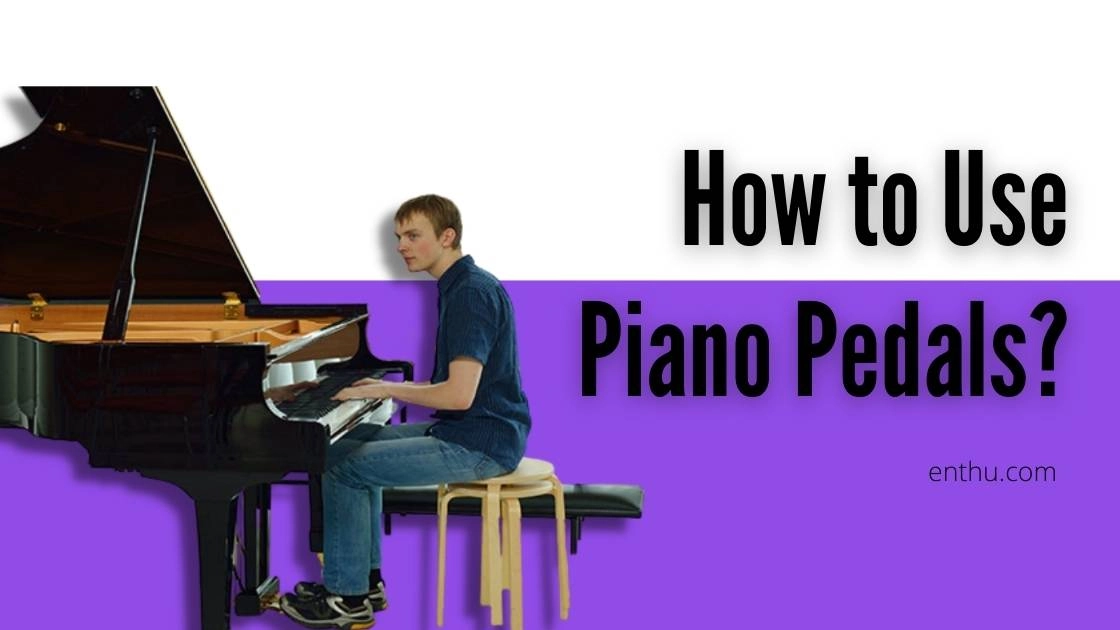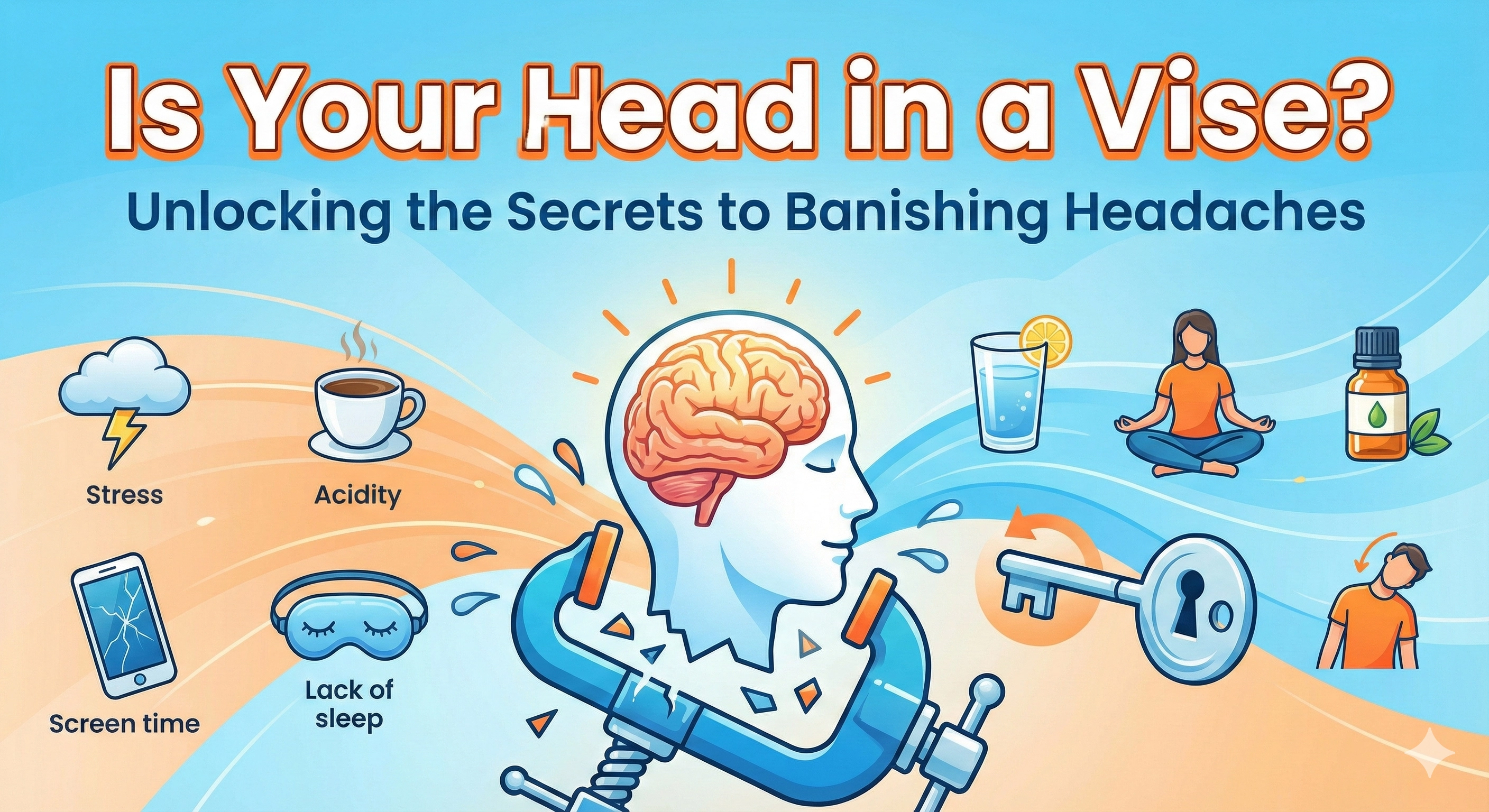The sound of a piano is mesmerizing, but what if I told you there is something to enhance it even more? Here swoops in a set of piano pedals with their shining glory.
Just like we humans are incomplete without our precious organs, a piano is incomplete without its foot-pedals. Whenever you look underneath the piano, you will find three brass-colored levers bulging out from the lower edge.
These are the pedals I am talking about. However, you will find them only on grand pianos and upright pianos. If you are wondering whether the pedals are important or not, just remember that sheet music has special markings for pedals only.
Although beginners don’t need to worry about how to use piano pedals at first, it won’t hurt to know your instrument a little better!
Types of Acoustic Piano Pedals
Just like the seasoning on your favorite salad, pedals work to enrich the sound of piano notes. It works by making a particular note sustain longer and plays with the sound dynamics.
Pedals enhance the emotional impact of your music piece by highlighting the softer dynamics of notes.
Pedals enhance the emotional impact of your music piece by highlighting the softer dynamics of notes. If you look closely, the pedals have unusual resemblance with car pedals, a lot more aesthetically pleasing, obviously! Although most of the piano teachers avoid discussing the pedals in the beginning, learning the names and how to use the pedals on a piano is a necessary step on your journey of |
If you look closely, the pedals have unusual resemblance with car pedals, a lot more aesthetically pleasing, obviously!
Although most of the piano teachers avoid discussing the pedals in the beginning, learning the names and how to use the pedals on a piano is a necessary step on your journey of learning how to play piano.

1. Sustain Pedal
Simply put, the pedal on your right is called the sustain pedal, also known as the damper pedal. Highlights
Prolongs sounds of notes
Enables playing multiple notes on the piano
Blends the sounds of sustained notes with other notes played
How Does It Work?
Damper pedal is a necessary part in every grand piano and upright piano. You will find them on the right corner of the piano. If you are near the piano, then quickly do a check by yourself.
Press down on the sustain pedal gently with your foot and play a few keys. You can clearly distinguish the legato effect of the notes you just played. Even if you play a chord, the sound of the selected notes will linger for some time.
Interestingly, the distinct blurry effect of the sustain pedal can be compared with watercolor or impressionist paintings. Legendary pianist Artur Rubinstein even named it as the ‘soul of the piano’.
Just like every good thing has its limit, too much use of the sustain pedal can make your music sound confusing and it can also generate unrecognizable sounds. Sure, you can playfully experiment with the keys, but you must learn how to use it before playing in public. |
Sure, you can playfully experiment with the keys, but you must learn how to use it before playing in public.
2. The Una Corda Pedal
If you’ve just explored the damper pedal and are still seated at the piano, take a moment to notice the pedal on the far left—that’s the Una Corda pedal.
Unlike the damper pedal, which sustains sound, the Una Corda changes the piano’s tone by shifting the action slightly so that the hammers strike fewer strings. This creates a softer, more delicate sound, often used to add subtlety and emotion to a performance.
Highlights
Una Corda actually means one/singular chord
Also named as the Soft pedal
It moves the hammer physically to play one less strings
Used for pianissimo or extremely soft notes and dynamic marker pp.
How Does it Work?
As the name itself states, the Una corda pedal works in a very interesting way. As I have mentioned before, this pedal is widely used to create dynamic marker pp. You will find this particular pedal on every acoustic piano.
However, this pedal works differently for upright pianos and grand pianos. If you press down on the una corda pedal on a grand piano, it will move the piano hammer to the right, so that it strikes one string only, resulting in a very soft tone.
On the other hand, if you put pressure on the una corda pedal on an upright piano, it will move the hammer closer to the strings. This action limits the total distance of the hammers, thus creating a muted tone on the piano. Una corda actually means ‘one chord’.
Also known as the soft pedal, una corda generates a fragile yet soft sound effect.
Anytime you see instructions, such as una corda, pianissimo, or dynamic marking pp on your sheet music, you have to use this pedal. You will be amused to know that great French piano composer |
You will be amused to know that great French piano composer Debussy used this pedal more frequently in his compositions. So, you can start learning them by practicing his music on your keyboard.
3. Sostenuto Pedal
The last one of the piano pedals is called the sostenuto pedal, also known as the Bass Damper Pedal. Highlights
Three different functions: Bass damper pedal, Sostenuto Pedal, and Practice pedal
This pedal works only on bass notes
Sustains only the notes played immediately before depressing
How Does it Work?
This versatile pedal prolongs the notes selected when the pedal is pressed. If you miss the coordination of your hand and foot, the notes played before or after pressing the pedal will sound normal. It only works on the bass notes.
Usually, most strings in the piano are grouped in three strings tuned to the same note. This pedal is much similar to the damper pedal. This pedal is the newest addition to the piano pedals family.
So, if you have a very old piano in your house, you will probably miss it. However, many modern-day pianists use this pedal heavily to recreate the old piano pieces.
Digital Pedals
Did you think that you will miss out the amazing effects of pedals in your digital keyboard? Well, the good news is that you can plug in digital pedals or the same sound effects.
Highlights
Plugs in ¼” input jack
Recorded in DAW recording program
Also used in other musical instruments
How Does it Work?
All the digital keyboards come with a ¼” input slot, labeled as ‘sustain’. All you have to do is buy a digital sustain pedal for your keyboard, and plug it in.
However, many digital pianos don’t support stand-alone pedals. If you want pedal compatibility, keep this thing in mind whenever you go to buy a digital piano.
How to use Pedals for Piano
Sitting Position Did you ever give a peek under the piano hood? If not, you should take a quick look at your acoustic piano. It will help you understand how the pedals actually work.
Now that you have learnt a bit about the piano pedals, let’s talk about the proper sitting position for it. First of all, sit comfortably on your piano stool. Place your right foot in front of the pedals and keep your heels firmly on the ground.

Just like you push down on your car pedals, put your toes on the pedal lever. Always remember that only your toes will move, not the heels. The pressure on the pedal depends on the effect you want to achieve. It will take some time to adjust with the pedals, as every piano is a bit different than the other.
Important Tip: If the notes sound hazy, put the toes high up on the pedal and then push it down. |


Conclusion
Legendary pianist Debussy famously said, “abusing the pedal is only a means of covering up a lack of technique, making a lot of noise to drown the music you’re slaughtering!” Well, Debussy was a bit harsh, but he pointed out the right thing.
Learning how to use pedals is very important, but understanding when to use it and when not is the real deal. If you are just beginning to learn how to use piano pedals, you should take chances and play with it without hesitation. Be fearless and play whatever you want.
Try to play the pedals by ear and ask your piano teacher to guide you. Wait for the right moment when the magic happens on your piano. Enjoy playing the piano!
FAQs
1) What are piano pedals?
Piano pedals are the foot-operated levers under acoustic pianos that are used to create different kinds of sound effects. Usually, there are three pedals on a piano, but you will find only 2 in old pianos. Nowadays, keyboards also come with retractable digital pedals.
2) When should I use piano pedals?
You should use the pedals to create special sound effects to your compositions. The pedals will help you create legato effect on your pieces. You can add prolonged note effect with the pedals.
3) Do piano beginners need pedals?
Usually, beginners don’t need pedals. Pedals require precise hand and leg coordination. So, it is a bit difficult for beginners to lay both hands and pedals. However, you can try to learn it as soon as you get comfortable playing with both hands.







Comments